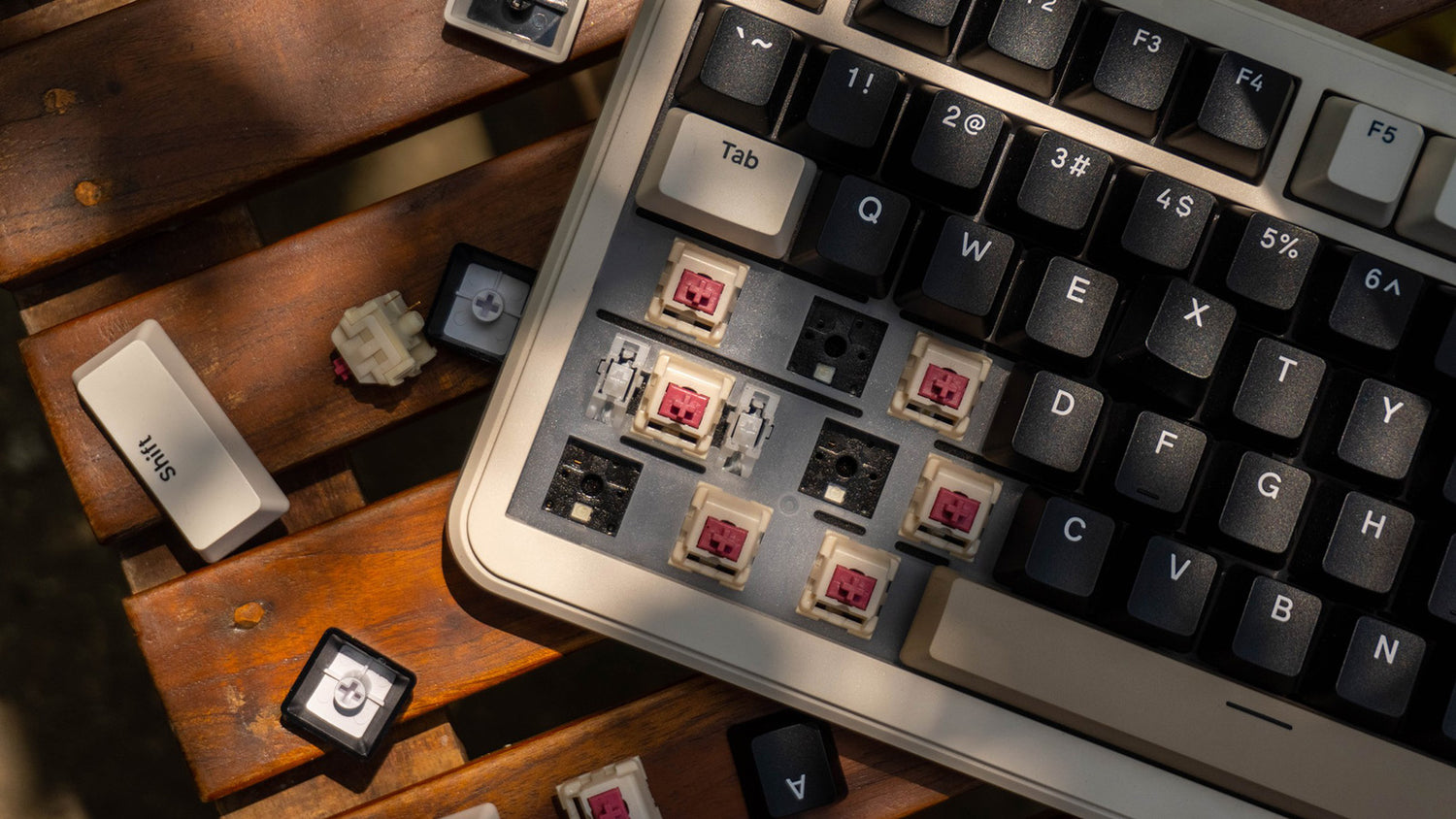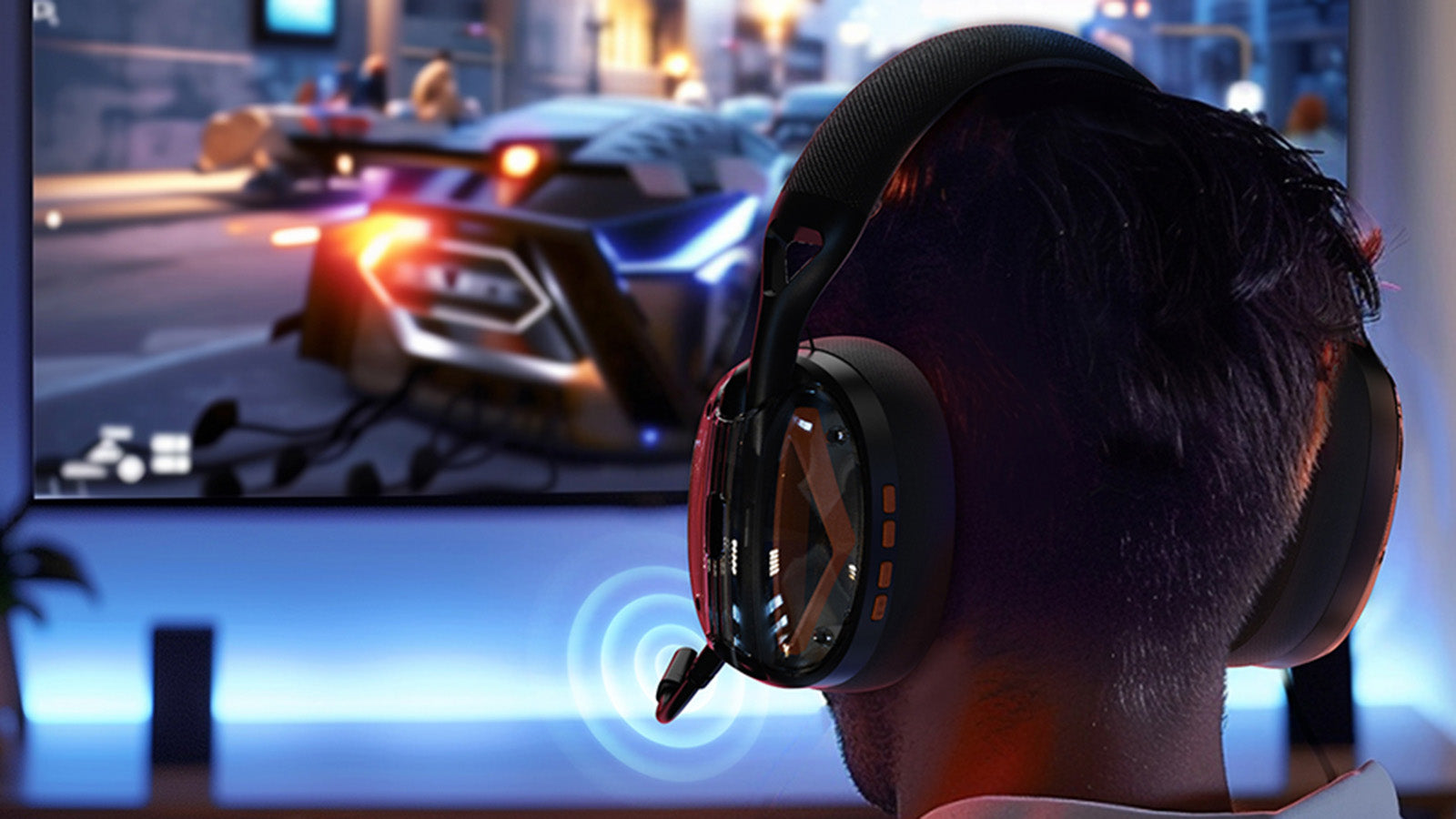Mechanical keyboards are a big hit for their long-lasting build and the great feel they give when typing. If you own one, or you're thinking about getting one, you might be curious—just how long can these keyboards last? This article will cover everything that affects a mechanical keyboard's life: what they're made of, how much typing they can handle, and how you can keep them clicking away for years to come. We'll also share some handy care tips that could make your keyboard stick around even longer.
What Are the Core Components of a Mechanical Keyboard?
Mechanical keyboards are complex beasts, and their longevity largely hinges on the quality of their individual parts.
Key Elements
Every mechanical keyboard is made up of switches, keycaps, and a printed circuit board (PCB). The switches are the heart of the action—they're what you press down on, and they register your keystrokes. Keycaps sit on top of these switches, giving you a surface to type on, and the PCB is the keyboard’s nervous system, sending your typing signals to the computer.
Materials
The durability of a mechanical keyboard is greatly influenced by the materials it's crafted from. For instance, keycaps can be made from ABS plastic, which is lighter and more common but can wear down quicker, or PBT plastic, which is harder and lasts longer. Switches typically have metal contacts inside, and better quality metals resist wear better over time.
Life Expectancy
The lifespan of mechanical keyboard switches typically spans tens of millions of keystrokes, reflecting their design for longevity and consistent performance. Exact lifespans can vary, but it's common for these switches to endure years of intensive use. The durability of a switch is influenced by its construction quality and user habits; careful typing and regular maintenance can significantly extend its functional life. While some brands may advertise certain durability benchmarks, in general, a well-cared-for mechanical keyboard has the potential to last through an extensive period of frequent activity without faltering.

How Does Usage Impact Mechanical Keyboard Wear and Tear?
The daily grind of keystrokes can take its toll on even the hardiest mechanical keyboards.
Gaming vs. Typing
Gamers and typists interact with their keyboards in significantly different ways. Gamers often hammer on keys aggressively and repeatedly, particularly during intense gaming sessions where rapid-fire responses are crucial. This can lead to quicker wear on specific keys. Typists, although perhaps more even-handed, still create wear patterns over time as certain keys are used more frequently in day-to-day writing.
Force and Its Effects
The force exerted while typing isn't just about how it feels—it's also a key factor in how quickly a keyboard starts showing its age. Heavier typing can speed up the degradation of switches, as more force can strain the delicate mechanical components inside, wearing them out faster. Consequently, those with a lighter touch may find their keyboards lasting longer.
How to Prolong Your Keyboard's Performance
To keep your mechanical keyboard in top shape, consider these tips:
- Be Mindful of Pressure: Try to type with a lighter touch to reduce stress on the switches.
- Regular Cleaning: Dust and debris can increase wear by adding extra resistance when keys are pressed. Keeping your keyboard clean can help prevent this.
- Key Rotation: If possible, rotate heavily used keys with less frequently used ones to distribute wear evenly.
- Take Breaks: Especially during gaming or long typing sessions, giving yourself and your keyboard a rest can prevent excessive strain.

How to Maintain Your Mechanical Keyboard for Longer Life?
Here’s how to care for your keyboard properly.
Step-by-Step Cleaning Guide
1. Unplug Your Keyboard: Safety first! Always disconnect your keyboard before cleaning.
2. Remove the Keycaps: Carefully pull off the keycaps with a keycap removal tool or gently with your fingers.
3. Clean the Keycaps: Soak them in warm, soapy water for a few hours, then rinse and let dry completely.
4. Dust the Keyboard: Use a soft brush or compressed air to remove debris from the keyboard’s surface and between the switches.
5. Wipe Down the Surface: With a damp cloth (not wet), wipe down the keyboard's frame and around the switches.
6. Reattach the Keycaps: Once they're dry, snap the keycaps back into place, making sure they're firmly seated.
The Role of Regular Care
Routine maintenance isn't just for cleanliness; it prevents the build-up of dust and grime, which can wear down the switches and affect the keyboard's responsiveness. Treat maintenance as a regular part of your routine—the same way you might service a car—to prevent issues rather than waiting for them to arise.
Replacing Worn Parts
Even with excellent care, parts will eventually wear out. When keys start sticking or feel "mushy," it may be time to replace the keycaps or switches. If you're comfortable with a little DIY:
- Order Replacement Parts: Find the right parts for your specific keyboard model—compatibility is key!
- Keycap Replacement: Simply remove the old keycaps and push the new ones onto the switches.
- Switch Replacement: This can be trickier as it often involves desoldering the old switches and soldering in new ones. If you’re not confident with a soldering iron, consider seeking professional help or services.

When Your Keyboard Gets Old
If your keyboard starts to act up—like keys sticking or not working unless you press really hard—it's a sign it might be wearing out. Sometimes the lights on the keys can start to fade, too.
Fixing or Buying New
You've got to decide if it’s better to fix your old keyboard or buy a new one. If repairs cost as much as a new keyboard, then buying a new one could be the way to go. But if you love your current one and it's an easy fix, maybe you just repair it. Check if it's still under warranty, because that might save you money.
Thinking About an Upgrade
New keyboards can have cool stuff like faster keys and lights you can change color. They also might last longer. If your old keyboard is giving you trouble, it could be a good time to get a newer, better one.
Ensuring the Longevity of Your Mechanical Keyboard
Mechanical keyboards are engineered for durability, with lifespans reaching millions of keystrokes, making them a robust choice for both gamers and typists. The lifespan can be significantly influenced by construction materials, usage patterns, and maintenance practices. Regular cleaning, mindful typing, and proper care are crucial for maximizing the life of your keyboard. Over time, you may need to replace components, but with a bit of DIY or professional help, your keyboard can continue to serve well. Ultimately, whether you choose to maintain, repair, or upgrade, a mechanical keyboard is a long-term investment that, with the right care, will provide a satisfying typing experience for years to come.






Leave a comment
This site is protected by hCaptcha and the hCaptcha Privacy Policy and Terms of Service apply.